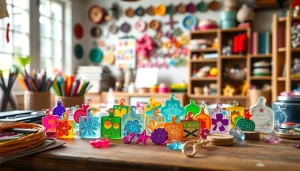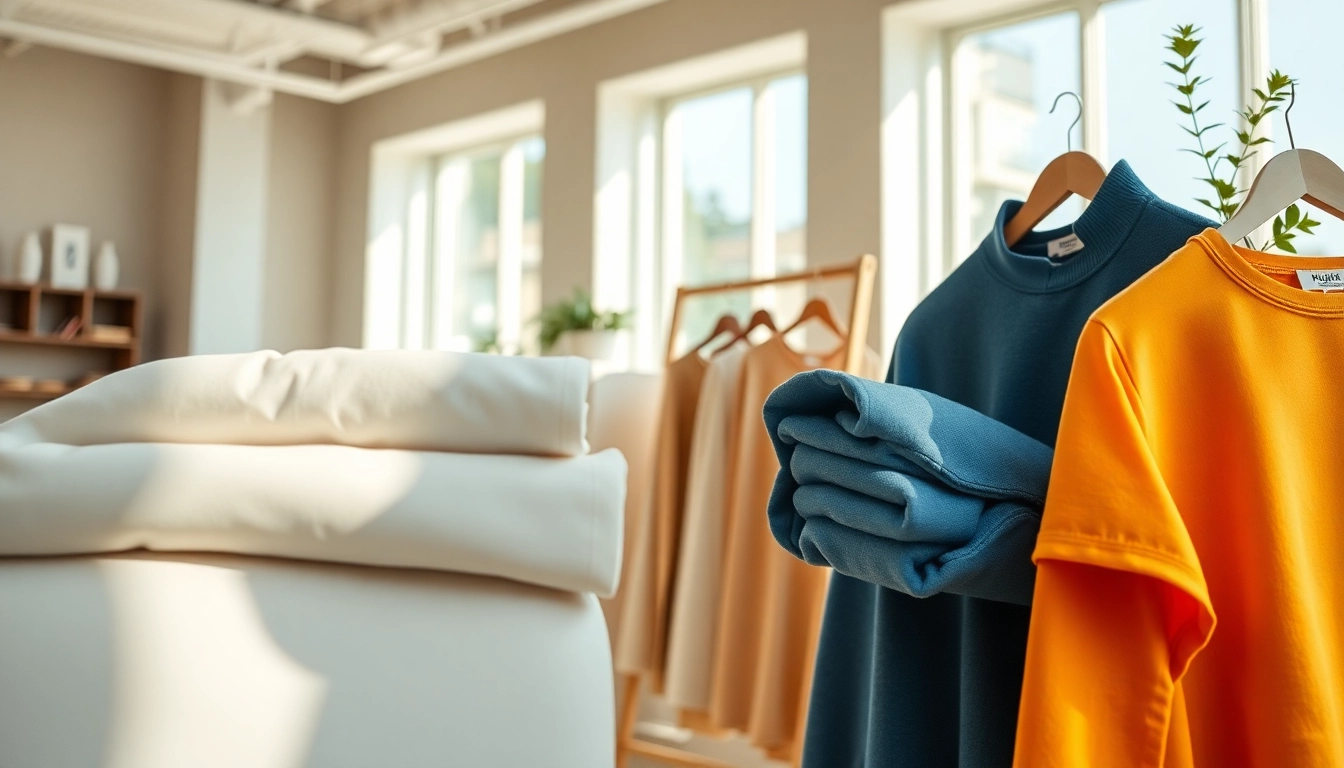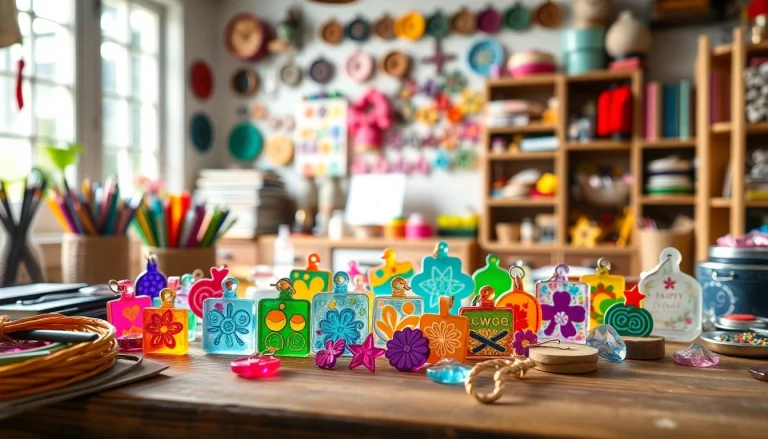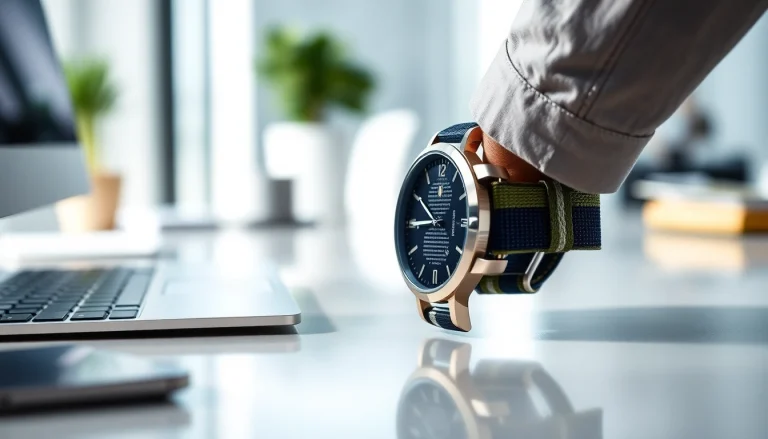Understanding the Aesthetic Appeal of Muji vs Uniqlo
As the fashion landscape evolves, minimalist brands have carved a niche that aligns style with functionality. Among these brands, Muji and Uniqlo stand out. Both labels have developed unique identities that resonate with different segments of the market. This analysis of muji vs uniqlo examines their aesthetic appeal, design philosophies, and consumer perceptions while shedding light on the broader implications regarding minimalist fashion trends.
Design Philosophy Behind Muji vs Uniqlo
Muji’s design philosophy emphasizes simplicity and minimalism, often incorporating elements that are functional yet understated. Its core principles revolve around creating products free of branding, allowing consumers to focus on the quality and utility of the items themselves. The philosophy encourages a quiet acceptance of simplicity in everyday life, often reflected through clean lines and lack of excess.
In contrast, Uniqlo adopts a more dynamic approach where practicality meets modern-day functionality. The brand’s slogan, “Make Life Easier,” encapsulates its aim of creating items that are not only stylish but also versatile enough for multiple occasions. Uniqlo’s design ethos revolves around integrating current fashion trends with essential pieces, allowing wearers to express their individuality while still enjoying the core values of functionality.
Color Palette and Material Selection in Muji vs Uniqlo
The color offering from Muji is typically a soft, muted palette that reflects its core ethos of simplicity. Earthy tones, pastels, and monochromatic shades dominate their collections, creating a serene aesthetic that seamlessly integrates into various wardrobes. This strategic selection invites consumers who appreciate calm and understated style.
On the other hand, Uniqlo is known for its versatile range of colors, often aligning with seasonal trends and collaborative collections. Spiritually vibrant shades, alongside classic neutrals, cater to a broader audience. Additionally, Uniqlo employs innovative fabric technology, introducing colors that not only appeal aesthetically but also provide functional benefits, such as breathability and moisture-wicking properties.
Consumer Perception and Brand Recognition
Consumer perception is pivotal in distinguishing Muji from Uniqlo. Muji has cultivated an image of authenticity and sustainability, boasting a loyal customer base that values low-impact living and ethical consumption. Customers associate the brand with a lifestyle choice that prioritizes sustainability.
Conversely, Uniqlo has become synonymous with affordable fashion that still delivers a sense of style and innovation. The brand is recognized for its ability to make contemporary clothing accessible without compromising on quality. Shoppers are drawn to the convenience and reliability of Uniqlo, making it a staple choice for everyday wear.
Quality and Durability in Muji vs Uniqlo
When considering quality and durability, both Muji and Uniqlo have made significant strides, backed by robust fabric technologies and a commitment to long-lasting apparel. Consumers today demand garments that withstand daily wear without compromising aesthetics, making this comparison even more pertinent.
Fabric Technology and Innovation
Muji focuses on natural materials, which are often designed to minimize environmental impact. Fabrics such as organic cotton, linen, and eucalyptus fiber are staples. Its commitment to quality ensures that while the materials might be simple, they offer breathability and comfort that is hard to match in lower-quality alternatives.
Uniqlo’s innovation lies in its diverse range of fabric technology. The brand consistently introduces cutting-edge materials, such as AIRism and HEATTECH, that cater to varying climate needs. AIRism offers cooling effects in the summer, while HEATTECH provides warmth without bulk in winter, making it a versatile choice for consumers who navigate different weather conditions.
Long-term Wear and Maintenance Considerations
Durability directly influences long-term wear. Muji’s pieces are often designed with quality craftsmanship that inherently provides longevity. However, as with any brand, proper care is necessary to maintain the integrity of the garments. Muji encourages mindful washing practices to prolong the life of their products.
Uniqlo also places emphasis on care instructions that help consumers maintain the quality of their apparel. Many items are machine washable and resistant to fading, ensuring they remain in style season after season. This blend of durability and ease of maintenance appeals to fast-paced lifestyles where time is a critical constraint.
User Reviews and Experiences with Muji vs Uniqlo
User experiences can provide valuable insights into the quality of products. Many Muji customers rave about the simplicity and integrity of their apparel. Reviews often highlight the soft feel of the fabrics and the timeless designs that allow for multiple styling options. However, some might note that specific items can lean towards a higher price point without noticeable differentiation.
In comparison, Uniqlo receives praise for its consistent quality and affordability. Many users appreciate the brand’s accessibility and its ability to offer fashionable choices that fit seamlessly into their wardrobes. Critiques often revolve around discrepancies in sizing and occasional issues with rapid wear, indicating consumers might prioritize fit and personal preference when choosing between the two.
Price Points and Value for Money in Muji vs Uniqlo
Pricing plays a pivotal role in consumer decision-making, often determining which brand aligns more closely with personal budgets and perceived value. Exploring the intricacies of price points in the context of quality and brand loyalty reveals more about how consumers perceive these two brands.
Cost Comparison: What to Expect
The price range for Muji generally hovers in the mid-to-high range compared to other mass-market brands. The perceived value is derived from the emphasis on quality materials and minimalist aesthetics that result in a product that feels worthwhile to the consumer. For those who value sustainable fashion, this can justify the higher spend.
Uniqlo’s pricing strategy is largely characterized by affordability and accessibility. Most items are priced to cater to a broader audience, often emphasizing promotions and discounts that enhance the overall value proposition. This approach enables frequent shoppers to benefit from stylish essentials without substantially straining their wallets.
Sales Strategies and Seasonal Offers
Muji adopts a relatively conservative approach to sales, focusing on promoting its core values rather than discounting heavily. Periodic sales typically align with seasonal changes but remain minimal. The notion is that by maintaining consistent pricing and perceived value, the brand reinforces its quality-centric image.
In contrast, Uniqlo capitalizes on seasonal sales and collaborations, frequently offering limited-time promotions that attract consumers looking for a bargain. This strategy not only boosts sales volume but also enhances brand engagement, fostering a sense of urgency among shoppers who want to leverage the latest trends without overspending.
Perceived Value Among Consumers
Perceived value is subjective and can be influenced by various factors, including personal preferences and lifestyle choices. Consumers who resonate with Muji’s minimalist philosophy often view the brand as an investment in quality. The perception that each piece serves a purpose enhances the brand’s allure and commitment to sustainable living.
On the other hand, shoppers drawn to Uniqlo often prioritize functionality and value in their purchasing decisions. The blended design of practicality with trends gives consumers a strong sense of getting their money’s worth. Shoppers appreciate the brand’s ability to provide stylish options without sacrificing quality, hence reinforcing the perception of value.
Target Audience and Market Trends for Muji vs Uniqlo
Understanding the target audience for each brand provides context for their subsequent marketing strategies, including how they position themselves within the competitive landscape of the fashion industry. By identifying shopper demographics and current trends, it becomes clearer why consumers favor one brand over the other.
Identifying the Demographics of Shoppers
Muji attracts a demographic that values simplicity, mindfulness, and sustainability. Typically, this includes environmentally-conscious consumers who are willing to invest in quality over quantity. These shoppers, often Millennials and Gen Z, demonstrate an inclination toward minimalism and ethical consumerism, aligning with the brand’s sustainability narrative.
Uniqlo’s target demographic is broader, encompassing a diverse range of age groups and lifestyles. The brand appeals to fashion-conscious individuals who appreciate accessibility and style versatility, spanning from students to working professionals. This inclusivity allows Uniqlo to thrive in various market segments, emphasizing a wider reach.
Current Trends Influencing Consumer Choices
Trends such as sustainability, inclusivity, and affordability significantly influence consumer choices. With the growing awareness of the environmental impact of fast fashion, brands that champion sustainable practices are becoming increasingly attractive. Muji aligns seamlessly with such values, reinforcing its position as a frontrunner in sustainable minimalist fashion.
Uniqlo, while also making strides towards sustainability, is particularly successful in adopting immediacy and trend responsiveness. The rapid changes in fashion trends are a driving force behind consumer movement toward the brand. They attract shoppers looking for items that reflect current styles at reasonable price points without compromising quality.
Shifts in Lifestyle Preferences and Their Impact
Shifting lifestyle preferences considerably impact the business strategies of both brands. More consumers prioritize multifunctional items that fit into their individual lifestyles, contributing to the rise of minimalist fashion. Muji caters to this demand with their simplistic yet efficient designs, offering essential pieces that work across different contexts.
Uniqlo’s focus on adaptable clothing resonates equally well with those looking to curate capsule wardrobes. The flexibility of their clothing appeals to various lifestyles, from urban living to outdoor adventures. This understanding of their audience’s needs allows Uniqlo to develop functional outfits that seamlessly transition from work to leisure.
Future of Minimalist Fashion: Muji vs Uniqlo
The future landscape of minimalist fashion hinges on evolving consumer preferences, technology advancements, and brand adaptability. As both Muji and Uniqlo continue to respond to shifting trends, they must also navigate the complexities of a rapidly changing fashion industry.
Predicted Trends and Consumer Demand
Consumer demand is projected to gravitate towards brands that offer transparency in production and sustainability in practice. For Muji, this shift amplifies its existing commitment to ethical sourcing while elevating its narrative around conscious consumerism. The ability to increase awareness regarding eco-friendly practices will likely bolster its position in the marketplace.
Uniqlo’s strategy may involve innovation in fabric technology and expanded collaborations with designers that speak to a broader range of consumers. By continually refreshing their merchandise and and tapping into popular culture, Uniqlo can remain relevant while appealing to the dynamic preferences of shoppers.
Potential Collaborations and Innovation Paths
Collaborations often yield fresh concepts and expand market reach. Muji could explore partnerships with innovative designers that enhance its timeless approach, while remaining true to its minimalist essence. Fabric innovations that emphasize sustainability could offer a new dimension to its otherwise established aesthetic.
For Uniqlo, exploring collaborative lines with renowned designers could yield high fashionable items at accessible price points, sustaining its appeal to fashionistas. Innovation pathways may include smart fabric technology integration into everyday clothing, aligning perfectly with the tech-savvy modern consumer’s expectations.
Final Thoughts: What Lies Ahead for Muji vs Uniqlo
The future for both Muji and Uniqlo rests on their ability to adapt to market dynamics and align with consumer desires for quality, sustainability, and style versatility. Each brand has established a distinct presence within the minimalist fashion landscape, offering consumers different experience and value propositions.
As the conversation around sustainable practices continues to evolve, both brands have opportunities for growth and development within their respective frameworks. The ongoing dialogue about simplicity, functionality, and ethics is crucial as they forge their paths forward in an ever-changing world of consumer fashion preferences.






















+ There are no comments
Add yours